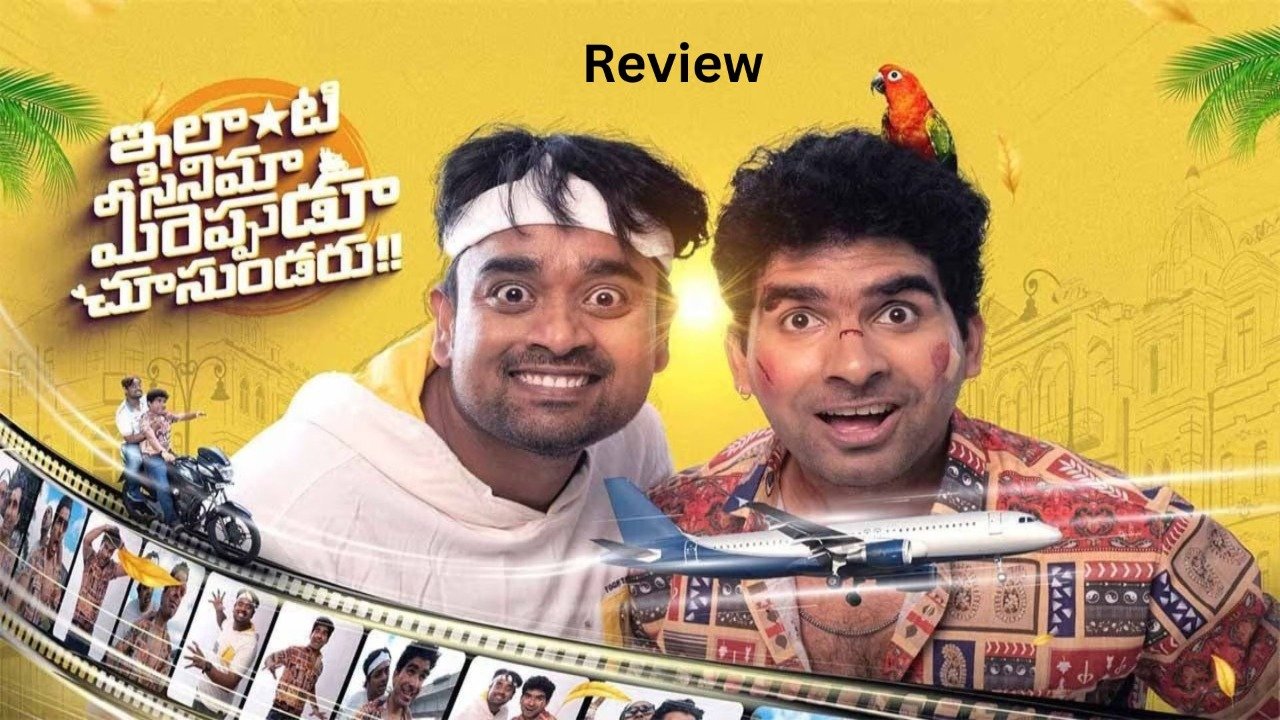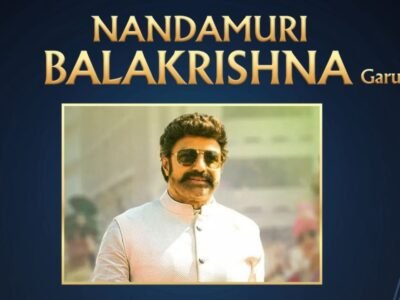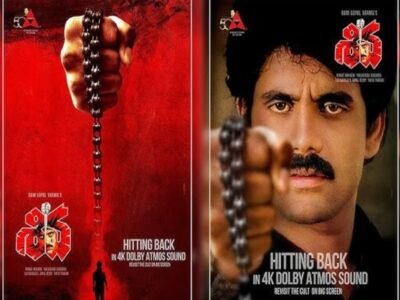Ilanti Cinema Meereppudu Chusundaru review: An experimental motovlog on Hyderabad roads
Ilanti Cinema Meereppudu Chusundaru is a film that dares to be different. It is shot in a single take, running for just over 100 minutes, and the attempt is to bring something unusual to Telugu cinema. The concept itself recalls the eccentric filmmaking of Edward Davis Wood Jr., often called one of the most unconventional directors of all time, and also the bold, experimental style of Kannada filmmaker Upendra. Both names come to mind when watching this project, because it is unusual, risky, and certainly not typical.
The story unfolds on the streets of Hyderabad, on what feels like a never-ending sunny afternoon. The camera follows the characters on a bike ride, without a single cut, almost like a live video blog. This freshness does draw attention at first.
But the same experiment also shows its weaknesses. A long ride with limited action can only hold the audience for so long. After a point, the lack of variety in setting and tone makes the narrative feel stretched. Perhaps the one-shot style would have been more gripping in a thriller, where suspense could mask the repetition. Instead, this slice-of-life drama feels thin despite its short length.
One striking element is the heavy use of voiceovers. Multiple voices keep appearing, sometimes even overlapping. For some viewers, this may feel noisy or confusing, especially for those expecting polished, paced dialogue. Yet, without these voices, the film would have risked becoming a dull two-person conversation. So, while distracting at times, they do serve a purpose in keeping the flow alive.
Carrying the film on his shoulders is SuperRaja. His energy and screen presence come through strongly, even if it takes a little time to warm up to his style. He shows emotion, spontaneity, and charisma, giving the film a certain rawness. He may not yet fit the polished “commercial hero” image, but he certainly has potential as an experimental actor. It will be interesting to see if he continues in this path of unusual cinema or eventually shifts towards mainstream storytelling.
The second half works better than the first. Once the pace slows down and emotions are given space, it becomes easier to connect with the story. The drama feels more genuine, and the audience can finally settle into the rhythm.
What really stands out, however, is the sheer bravery of the filmmaking. Shooting an entire feature in one go is extremely risky. Any mistake could ruin hours of effort. This constant awareness makes the viewing experience itself tense – you cannot help but wonder how they pulled it off. It may not be flawless, but the courage to even attempt such a format is worthy of respect.
The film ends with some extras, including behind-the-scenes footage, which gives viewers a peek into the challenge of executing the one-shot method. In many ways, the making process is more fascinating than the actual story.
Ilanti Cinema Meereppudu Chusundaru review: In the end, Ilanti Cinema Meereppudu Chusundaru is less about narrative perfection and more about experimentation. Like the works of Ed Wood and Upendra, it may divide audiences, but it is memorable for daring to break the rules. For anyone open to unconventional cinema, it is worth experiencing at least once.
















